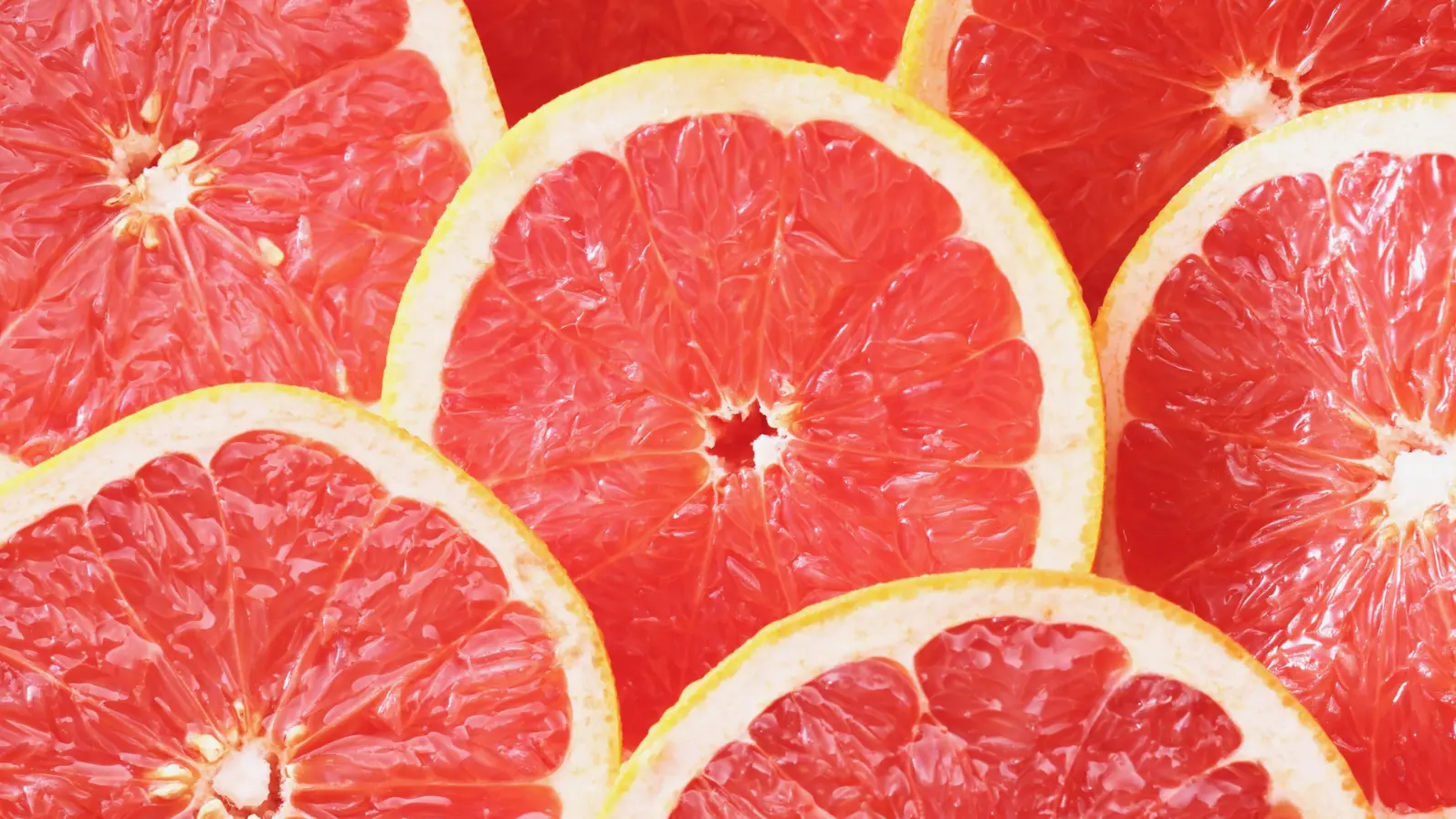
Nature-Derived Compound May Help Fight Gum Disease Bacteria
A grapefruit-based substance shows promise against Porphyromonas gingivalis, a key cause of periodontitis
The Global Burden of Periodontal Disease
Periodontal disease—commonly known as gum disease—affects nearly half of all adults worldwide and can lead to tooth loss, chronic inflammation, and even systemic conditions such as heart disease, osteoporosis, and pneumonia. The main culprit is Porphyromonas gingivalis, a bacterium that disrupts the balance of oral microbes and triggers inflammation around the teeth.
While antiseptic mouthwashes and disinfectant-based toothpastes are widely available, many contain harsh chemicals or alcohol that irritate the mouth—especially for children and the elderly. Researchers have therefore been seeking natural, mild compounds that can safely control harmful oral bacteria.
A Gentle Antibacterial from Grapefruit
In a new study published in Foods (MDPI, 2024), researchers from Osaka Metropolitan University explored prunin laurate (Pru-C12)—a compound derived from prunin, a natural flavanone glycoside found in grapefruit peels. By linking prunin with lauric acid, a fatty acid commonly present in coconut oil and palm kernel oil, the team created a molecule with potential antibacterial properties but minimal irritation.
The scientists compared Pru-C12 with six similar flavonoid-based molecules to determine which most effectively inhibited P. gingivalis growth.
Testing the Compound
In laboratory experiments, Pru-C12 stopped the growth of P. gingivalis at concentrations as low as 10 micromoles, and also reduced biofilm formation—the sticky bacterial layer that shields microbes from cleaning agents. Importantly, Pru-C12 was not toxic to human cells, unlike some of its analogs.
To test its real-world effect, the researchers used a mouse model of periodontitis. Mice infected with P. gingivalis typically show alveolar bone loss—a key marker of gum disease. However, mice given feed containing Pru-C12 experienced less bone resorption, suggesting the compound helped protect against disease progression.
Safe, Natural, and Effective?
Although Pru-C12 did not significantly change inflammatory cytokine levels in the mice, its antibacterial and anti-biofilm properties make it a promising natural candidate for oral hygiene products such as tooth gels or rinses. Its effectiveness at low doses also means it could reduce the risk of bacterial resistance compared with stronger synthetic disinfectants.
The study highlights the growing interest in using plant-derived compounds to maintain oral health. With further testing on safety, irritation, and long-term effects, prunin laurate could one day become a key ingredient in next-generation, low-irritation mouth care.
Reference
Wada, E., Ito, C., Shinohara, M., Handa, S., Maetani, M., Yasugi, M., Miyake, M., Sakamoto, T., Yazawa, A., & Kamitani, S. (2024). Prunin Laurate Derived from Natural Substances Shows Antibacterial Activity against the Periodontal Pathogen Porphyromonas gingivalis. Foods, 13(12), 1917. https://doi.org/10.3390/foods13121917